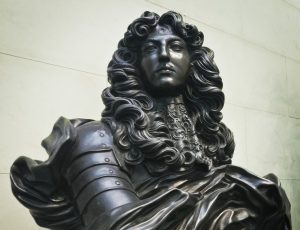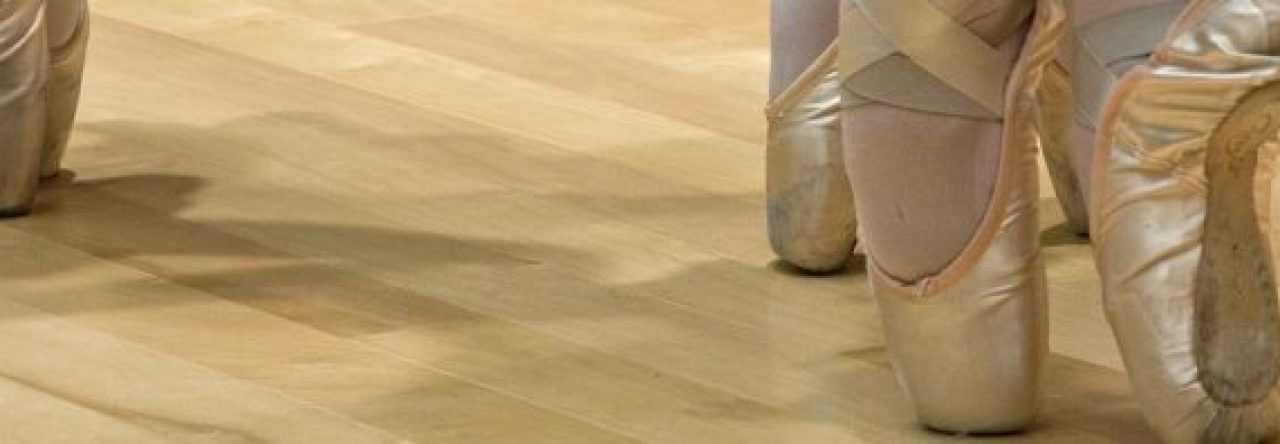
Queen Catherine de Medici had always celebrated traditions such as “tournaments, jousting, and masquerades” (Homans, 3), these masquerades were a type of dance that made participants feel closer to God. In the sixteenth century, King Louis XIV took these dances and added structure and technique. King Louis and other men dominated ballet until a choreographer that preferred facial expression turned ballet into a more effeminate art. Changes in culture slowly removed the ethereal nature of ballet and turned it into a sinful and eroticized show that displayed women as popular entertainment in theaters rather than in the King’s court (Karthas). Ballet, now degraded, moved to Russia where a new wave revitalized its meaning. The Russians brought back technique and structure that was first put there by King Louis XIV and also brought the male ballet dancer back into center stage with “overt and covert allusions to male homosexuality” (Markula, 19). Eventually, ballet made its way to America in the twentieth century as the first ballet theaters were founded in the 1930s and 1940s.
Since King Louis XIV introduced technique, the form was completely changed and continued to evolve to become what it is today. The dancers in Balanchine’s pieces are completely different from those in the the French King’s court and that is because of differences in culture, meaning, and look. The look in particular has evolved over time and has become the image that most people picture when they think of ballet.
